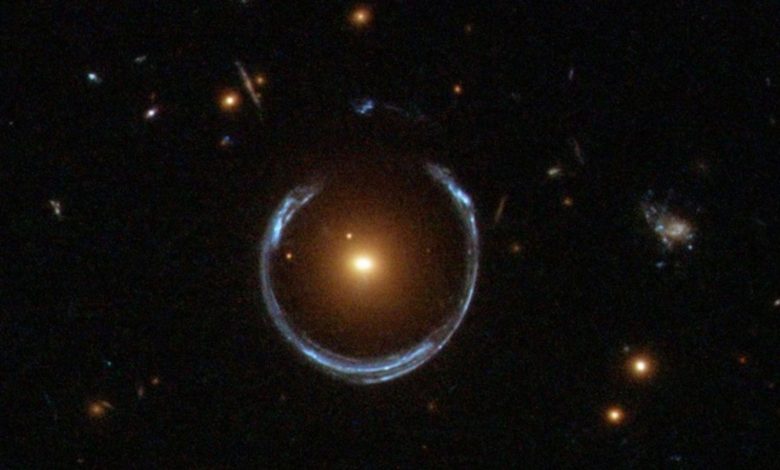Biggest Black Hole Ever Discovered: A Cosmic Behemoth in the Cosmic Horseshoe

In a monumental stride for astrophysics, scientists have announced the discovery of the biggest black hole ever discovered—a dormant, ultramassive entity weighing an astonishing 36 billion times the mass of our Sun. This cosmic giant resides in the faraway Cosmic Horseshoe galaxy, located roughly 5 billion light-years from Earth.
Why This Black Hole Breaks All Records
This gargantuan black hole dwarfs the Milky Way’s own gravitational titan by a factor of 10,000—and may indeed claim the title of the largest ever detected. Professor Thomas Collett of the University of Portsmouth emphasized that, although other black holes may appear larger, uncertainty in measurements often clouds the claim. This discovery stands out due to the confidence and precision of its measurement.
Peeking at the Invisible: How Scientists Spotted It
The breakthrough employed a combination of:
- Gravitational lensing, where the galaxy’s massive gravity warps the light of a galaxy behind it into a striking horseshoe-shaped ring;
- Stellar kinematics, measuring the rapid motion of nearby stars—speeds that reach nearly 400 km/s.
This dual-pronged method pushes detection far beyond our local universe.
A ‘Sleeping Giant’
Unlike active quasars, this black hole is dormant, silently influencing the behavior of nearby stars purely through gravity. Its presence was revealed not through bright light or radiation, but the motion of stars and the bending of distant starlight. India Today
What Makes It So Extraordinary?
| Feature | Description |
|---|---|
| Mass | About 36 billion solar masses—possibly the largest ever measured |
| Location | Cosmic Horseshoe galaxy, ~5 billion light-years away |
| Discovery Technique | Gravitational lensing + stellar kinematics for precise confirmation |
| Detection Type | Dormant (no active accretion), spotted through gravitational effects |
| Scientific Impact | Sets a new benchmark for ultramassive black holes and cosmic evolution studies |
How It Impacts Our Understanding
This astounding discovery broadens our understanding of:
- Galaxy formation—massive galaxies and black holes seem to grow in lockstep.
- Detection methods—innovative integration of kinematics and lensing allows scientists to probe deeper into space.
- Cosmic limits—discovering such a behemoth pushes the bounds on what physics deems possible.




